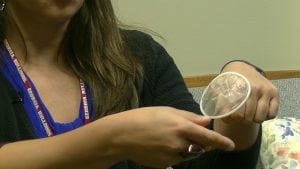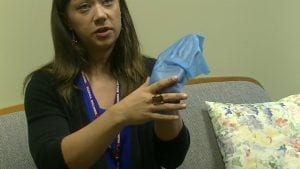By Richard Banton
Sexually Transmitted Diseases (STDs) rose across the country for the first time since 2006. The rate of syphilis rose an alarming 15 percent. Gonorrhea and Syphilis saw smaller increases. Young people between the ages of 15 and 24 accounted for the majority of new cases in 2014. For college students, that means the risk of infection should be a concern. One of the keys to prevention is contraceptives. A University of Georgia Safer Sex Ambassador, Danielle Lasker, said that while condoms don’t prevent all skin-to-skin contact when used consistently it reduces the risk of infection. Below learn more about the different contraceptives and how they work:
The most common contraceptive is the latex condom.
The latex condom prevents infection by collecting semen when a man ejaculates. Condoms become more effective when used with spermicide. Tips for safe sex: use a condom only once, lubricate inside and outside of the condom, leave a half-inch at the top to leave space for semen, and smooth out at any air bubbles.
Less well-known option is the female condom.
The female condom is a pouch with flexible rings at each end that reduces the risk of STDs and pregnancy. Before sex, it’s inserted deep into the vagina. The ring at the closed end stays in the vagina during sex while the ring at the open end stays outside the vaginal opening. Tips for safe sex: use lubricant, squeeze the sides of the inner ring and insert it in like a tampon, push it until it reaches the cervix, and let the outer ring hang out one inch outside of the vagina.
Dental dams are available for oral sex.
STDs are also transmitted during oral sex. A dental dam is small, thin, square piece of latex that’s pressed against the vulva or anus. Tips for safe sex: be sure to use one side and don’t use on another part of the body to prevent transferring germs, check it visually for any holes, and rinse any cornstarch off with water.
For a full report on the Centers for Disease Control report, click here.









